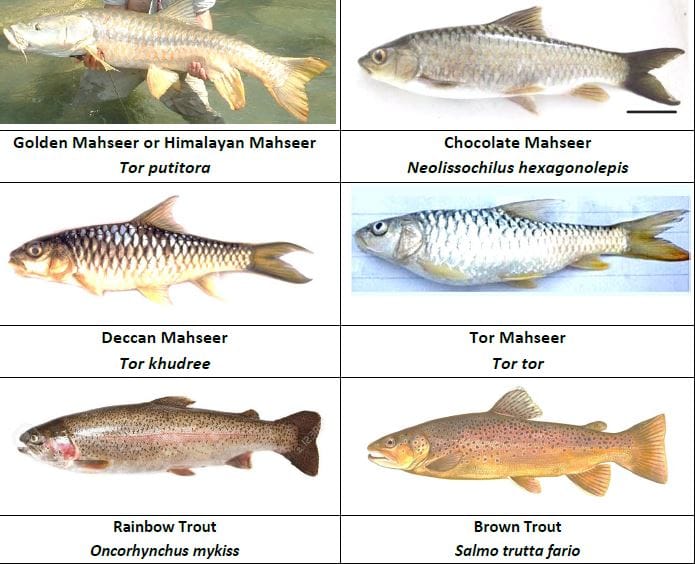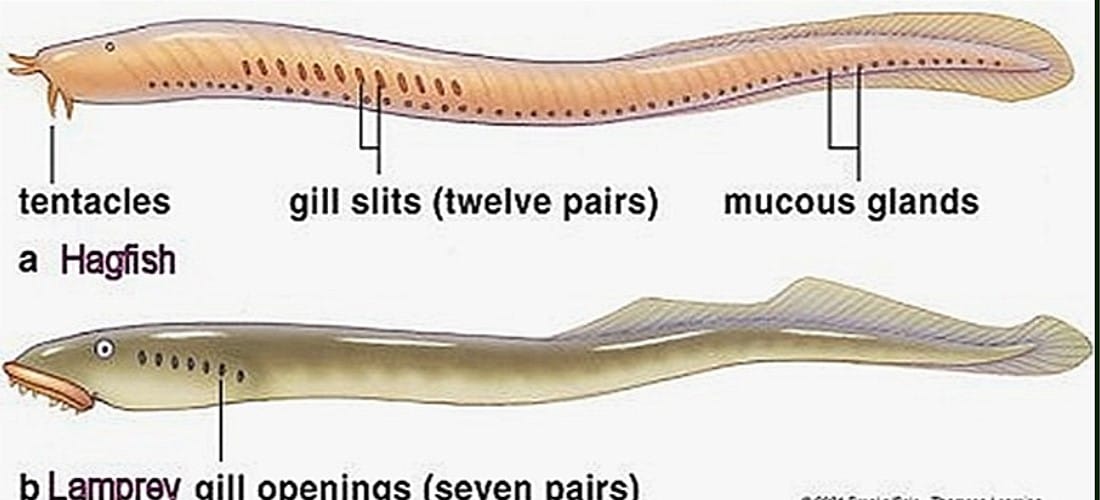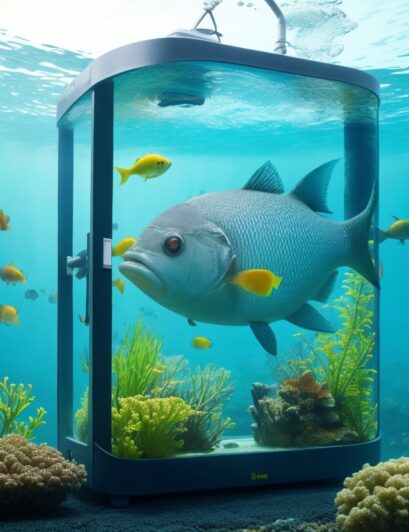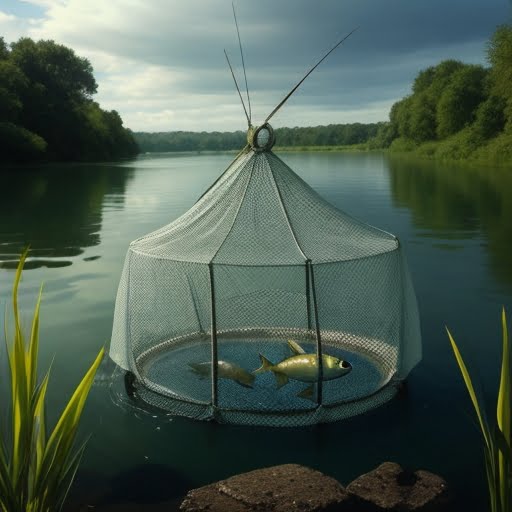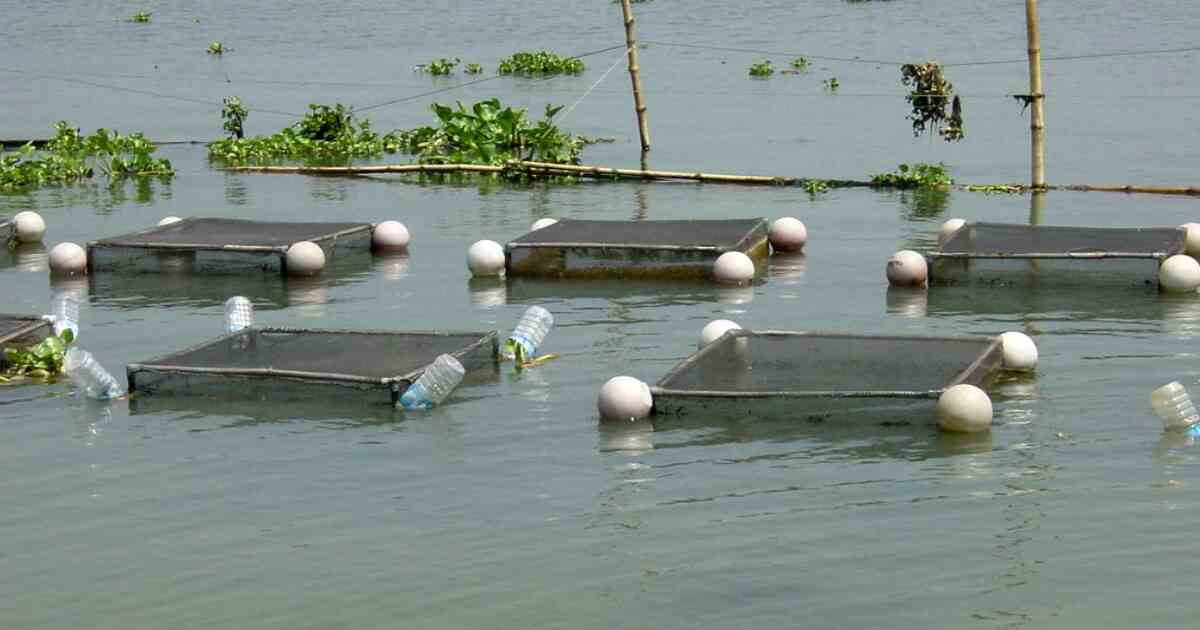Indian Major Carps: Indian major carps, also known as Indian carp or simply major carps, are a group of freshwater fish species that are widely cultivated in India. These species are economically important and form the backbone of freshwater aquaculture in the country. These three major carp species, namely rohu, catla, and mrigal, are often cultivated together in polyculture systems due to their complementary feeding habits and growth characteristics. They are herbivorous or omnivorous in nature, and their feeding preferences help in efficient utilization of natural food resources and agricultural by-products in the ponds.
Indian Major Carps
Indian major carp species play a crucial role in meeting the protein demands of the population and contribute significantly to the aquaculture sector in India. They are adaptable, resilient, and well-suited for freshwater pond culture, making them ideal choices for aquaculture practices in the country. There are three Indian Major Carps (IMC) are commonly cultivated carp varieties and found throughout country these are:
- Catla catla (Catla or Khatla)
- Labeo rohita (Rohu)
- Cirrhinus mrigala (Mrigal)
1. Catla catla (Catla or Khatla)
- Length of head ranges from 4.1 to 4.7 and the height of body from 3 to 3.5 in the total length.
- Body is deep and stout.
- Mouth is wide and the lower jaw is prominent.
- Barbels are absent. ‘Indian Major Carps’
- Dorsal fin commences slightly in advance of the ventral fin.
- Pectoral fin is located slightly behind the ventral fin.
- Caudal fin is forked.
- Scales are of the moderate size.
- Lateral line is complete and commences from the upper margin of the gill cover.
- Colour of the body is grayish above and silvery on the lateral and ventral sides fins are blackish in colour.
 |
| Catla catla |
2. Labeo rohita (Rohu)
- Length of head ranges from 4.5 to 5 and the height of body from 4 to 4.5 in the total length.
- Body is moderately elongated and the abdomen is rounded.
- The inter orbital space is flat.
- Mouth small and inferior, lips thick and fringed, each lip with a distinct inner fold; snout depressed and projecting beyond mouth.
- Only one pair of short and thin maxillary barbels is present.
- Caudal fin is deeply forked.
- The lateral line is complete.
- The body is bluish black along the back; becoming reddish black along the sides and silvery beneath scales are with buff, orange or reddish center and dark margin. Fins are black. ‘Indian Major Carps’
 |
| Labeo rohita |
3. Cirrhinus mrigala (Mrigal)
- Length of head ranges from 5 to 5.3 and the height of body from 4 to 5.5 in the total length.
- Streamlined body, snout is blunt.
- Mouth broad, upper lip complete, lower lip indistinct.
- Single pair of barbels is present.
- Dorsal fin as high as body or length of head.
- Pectorals fin short, not reaching pelvic fin.
- Caudal fin deeply forked.
- Lateral line is complete.
- Body is silvery, dark gray along the back, some times with coppery tinge.
 |
| Cirrhinus mrigala |

